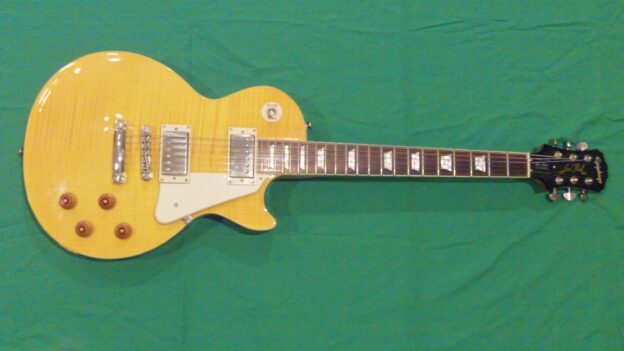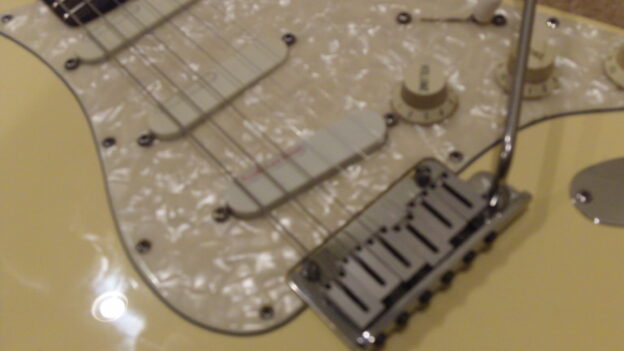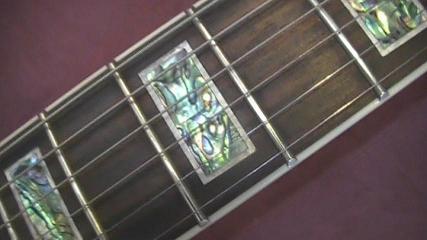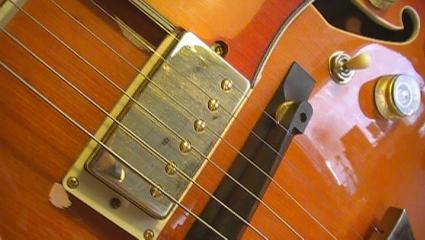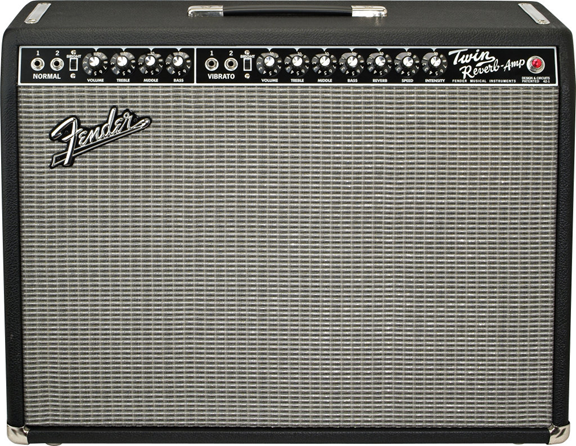By Chad Crawford
Among the challenges we face as developing guitar players, cultivating a sense of artistic creativity may seem among the most formidable. Many assume that creativity is a mysterious insight arising from the recesses of the fortunately gifted minds of a select few. In fact, creativity is not a mystery. As with all things musical it responds to focused effort to cultivate it.
So how do we get from having “no creativity” to the point of being able to write songs and play improvisational solos?
First let us address the occasional Mozart who shows up with tremendous innate musical ability. There is indeed a phenomenon of abundant natural talent, but for most musicians, other artists, engineers, inventors, writers, etc., natural talent is not the key to creativity. So then the Mozart types are irrelevant in terms of understanding how a person of typical native ability can develop creative prowess. Forget about natural talent, and most importantly don’t fall for the common misconception that creativity is something that you either have or do not have by inheritance.
Now let us consider what creativity actually is. Is it really assembling something out of nothing in a mysterious seizure of inspiration from quarters unknown? No! Even Mozart had to sit with paper and pen and work his inspirations into orderly, flowing pitch and time relationships. Consider this quote from prolific inventor Thomas Edison, whose record on creativity speaks for itself: “Genius is 1% inspiration and 99% perspiration”.
Creativity is neither an unknowable mystery, an accident, nor a fleeting peek into the ethereal mists. It is rather a predictable result of a process involving mastery of the fundamental elements of an endeavor, and then applying those fundamentals in such a way as to generate beauty of function and form. Notice that I did not say anything about creating something from nothing, or even something totally new. Creativity does not mean creating something from nothing. It means assembling the known into that which effectively solves problems or manifests beauty. It is well within the reach of anyone willing to apply themselves to the process.
Now let us consider how this applies to music, and specifically to guitar. Music is fundamentally two objective phenomenon: pitch relationships and time relationships. Musicians assemble these relationships in such a way as to create the more subjective phenomenon of an emotionally satisfying flow of tension and release. This does not require the creation of anything new, but rather a well developed awareness of how pitch and time relationships work together to create a satisfying flow of tension and release.
So let’s break it down now even more specifically to the things we need to have mastery over in order to make music that satisfies ourselves and our intended audiences.
1. Know the notes on the fretboard – everything we do as musicians involves assembling notes in melody (one after another) or harmony (in unison, such as a chord or double stop) with reference to a tonal center (key). If you do not know the notes then you are limited to playing by patterns or by ear. While playing by patterns and by ear are useful tools, if you wish to cultivate maximum creativity then you need to allow yourself as many options as possible. If you can visualize the letter names of the notes you are playing then it is much easier to choose resolving notes for phrases, or make useful alterations to chords to achieve just the right shade of mood.
2. Know the names of the notes in the Major Keys – the Major Scale is the starting point for all we do. Everything else is an alteration of some sort to a Major Scale. If you know the names of the notes in the key you are playing, and can also see them as you play them on the fretboard, these together will give you a great deal of power to achieve a desired musical effect without having to always guess your way through things with experimentation.
3. Understand Intervals – intervals are the building blocks of the pitch aspect of music. A thorough understanding of intervals will allow you to know what effect a note is going to have before you play it. If you know your intervals then you will be able to create musical effects at will, alter scales and chords to create precise shades of emotion, and transfer musical ideas from one key to another with ease.
4. Understand the effects of the basic divisions of the beat – along with pitch relationships, relative timing between pitch events is one of the fundamental components of music. A good set of timing relationships by itself is very powerful (think of a powerful drum intro that sets the mood for a song). If you understand the basic divisions of the beat and how to modify them to tastes then you can create strong shades of mood at will.
5. Understand scale harmonization – knowing how to translate a particular scale into chord sequences will enable you to assemble pleasing chord progressions in a matter of moments. Knowing the chords in the key and the notes in the chords will also give you a lot of useful options for resolving solo phrases.
6. Listen to a lot of music – musical inspiration is often a residual effect of exposure to other music. Saturate your creative muse with immersion into a wide variety of music, and pay attention to the individual details such as the vocals, drums, and bass. In doing so you will cultivate a deeper intuitive understanding of music, much as a child learns to speak by regular exposure to speech.
7. Start from the known – creativity is often a matter of slight alterations to common ideas. Learn the signature licks, chord types and sequences, and rhythmic ideas of the masters of your preferred style. Then experiment with alterations until you uncover ideas that express what you wish.
8. Constantly refine technique – if you have ever wondered how an accomplished guitarist can play something very simple and yet have it sound very beautiful and powerful, the trick is often in the technique. What many experience as a “lack of creativity” is in fact a lack of technique refinement that will make an otherwise great idea sound lifeless or even just plain bad. Technique development is not just a matter of mere repetition. It is essential to pay attention to the quality of sound (a.k.a. “tone”) during technique development practice. Don’t rush through technique exercises with the goal of merely getting them over with as quickly as possible. Listen carefully to the small details. Strive to improve the quality of sound resulting from each pick stroke.
This may seem like a hopeless lot to get done along the path to creativity. Bear in mind that learning music, including the creative aspect of it, is a journey. It is not needful to be “finished” with all other aspects of musicianship before experimenting with creative application of known musical elements. The point of this article is that creativity is a predictable result of identifiable methods, and therefore is accessible to all who are willing to work for it. Cultivate the appropriate knowledge, technique, and persistence, and then you can be sure that your creative muse will show itself!
Copyright © 2005 Palmetto Music Institute. All Rights Reserved.

